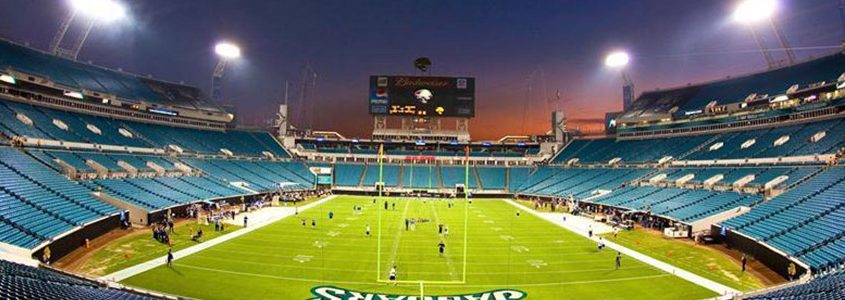Spotlights VS Floodlights: What’s The Difference?
We created this resource to answer some frequently asked questions from customers about Spotlights VS Floodlights
What’s the difference between a spotlight and a floodlight?
What kind of beam spread do I need for my lighting project?
How can I know how wide my light bulb’s beam will be from a certain distance away?
First, Let’s Cover The Basics:
A spotlight casts a narrow beam of light, usually no wider than 45 degrees. This beam is more concentrated and easier to point and control.
A floodlight can have a beam spread of up to 120 degrees. It can illuminate a larger amount of space with the same wattage and lumen output as a spotlight.
Using Spotlights And Floodlights:

When highlighting specific points like display objects, wall artwork, architectural details, or landscape features, use a spotlight.
When illuminating larger areas like driveways, stages, warehouses, parking lots, or any other area that needs wide, even light coverage, go with a floodlight.
Determining Beam Width:
When planning your lighting scheme, knowing the width of a light’s beam in degrees isn’t always helpful. It would be much easier to know the beam width in feet, from a given distance away. Luckily, there’s a simple formula that can help you figure this out:
Angle of Beam x 0.018 x Distance from Light Bulb = Beam Width

So, if you have an 80 degree floodlight, and want to know how wide the beam will be from 10 feet away, just do the math:
80 degrees x 0.018 x 10 feet = 14.4 feet wide
If you have a 30 degree spotlight, and want to know how wide the beam will be from 15 feet away, here’s how you calculate it:
30 degrees x 0.018 x 15 feet = 8.1 feet wide



